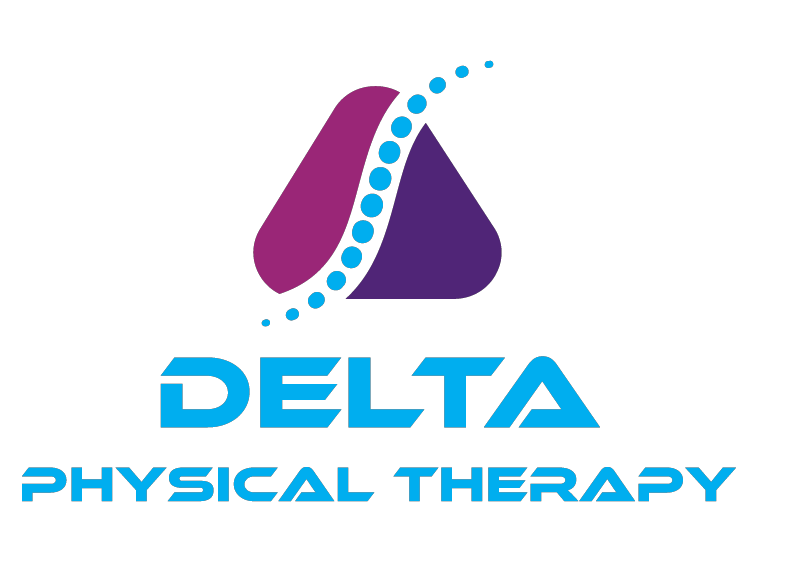Headaches, Jaw Pain & Ear Ringing? It Might All Be TMJ (Yep, Really.)
You know that annoying, nagging headache that creeps in right behind your eyes? Or that weird clicking noise your jaw makes every time you yawn a little too wide? Maybe it’s that random ear ringing that seems to come out of nowhere and makes you Google things you probably shouldn’t at 2 a.m.
Plot twist: it might not be stress, your pillow, or too much caffeine. It might be your temporomandibular joint—TMJ for short—quietly wreaking havoc on your day.
Let’s dig in.
First Off: What Even Is TMJ?
The TMJ is the small but mighty joint that connects your jawbone to your skull—basically the hinge that lets you talk, chew, yawn, sing in the car, or yell at the TV during football season.
When this joint isn’t happy, neither are you.
TMJ dysfunction (aka TMD) happens when something’s off in the mechanics of this joint. It could be due to tension, poor alignment, injury, grinding your teeth, or just a lifetime of clenching through your “I’m fine” moments.
But here’s where it gets interesting: TMJ dysfunction doesn’t always show up just as jaw pain. In fact, it’s kind of the ultimate shape-shifter of the musculoskeletal world.
Symptoms You Didn’t Know Could Be TMJ-Related
TMJ problems are sneaky. They often show up wearing other disguises. People go from doctor to doctor trying to figure out their weird symptoms—when all along, the jaw is the culprit.
Common symptoms that might actually be TMJ include:
Headaches (especially at the temples or behind the eyes)
Ear ringing (yep, TMJ can mess with the nerves around your ears)
Ear fullness or pain (even if your ears are perfectly healthy)
Neck and shoulder tension
Clicking, popping, or locking of the jaw
Pain while chewing
Face tenderness
Tightness that feels like a dull pressure on one or both sides of your head
If you’ve ever thought “Wow, I carry all my tension in my jaw/face/neck,” you might be dealing with a TMJ issue—especially if these symptoms have become part of your daily routine.
The Problem With Ignoring TMJ Pain
We get it—life is busy. You have deadlines, kids, pets, and a deep desire to just make it through the day without another thing to add to your “figure it out later” list.
But here’s the deal: ignoring TMJ dysfunction won’t make it go away. In fact, it usually makes things worse.
Left untreated, TMJ issues can lead to:
Chronic headaches
Worsening jaw pain and limited range of motion
Poor sleep from clenching or grinding
Muscle imbalances in the neck, shoulders, and even your back
Changes in the way you chew and talk
Long-term joint damage
And we hate to say it—but sometimes these changes can start to mess with how you move your entire body. Pain and restriction in your jaw can create a domino effect of tension and compensation throughout your neck and spine.
Wait, My Jaw Can Affect the Rest of My Body?
Yep. Your jaw is part of a complex network of muscles, bones, and nerves that work together to keep your body moving well. When one part is dysfunctional (like your TMJ), other areas start to compensate. This leads to patterns like:
Holding your head forward or tilted to one side
Avoiding certain foods or movements
Tightness in your upper traps and back
Headaches triggered by simple actions like chewing or talking
So no, it’s not just your jaw. It’s a full-body issue disguised as an “annoying little pain.”
Why So Many People Miss the Signs
The truth? TMJ is underdiagnosed and misunderstood. Most people don’t even think to mention jaw tightness or clicking when describing their headaches or neck tension.
And because the symptoms mimic things like ear infections, sinus issues, migraines, or stress, it often goes untreated—or worse, over-medicated.
Our advice? Don’t wait for it to get unbearable. Normalize talking about jaw pain. You don’t have to live with it just because it’s not “that bad yet.”
So What Can Be Done?
This is where we come in.
At Delta Physical Therapy, we’re all about getting to the root of your pain—not just slapping a Band-Aid on it. We don’t do rushed visits or cookie-cutter plans. Instead, we take time to understand what your body is trying to tell you.
For TMJ dysfunction, we often use:
✅ Manual therapy to release tight jaw and neck muscles
✅ Postural training to stop the compensation pattern
✅ Mobility and strength work to rebalance how your jaw and upper body move
✅ Relaxation techniques and exercises to break clenching/grinding cycles
✅ Dry needling (if appropriate) to target stubborn muscle trigger points
✅ Education to help you understand and self-manage symptoms long term
(You can read more about what we do for TMJ here: Delta Physical Therapy TMD Page)
We believe in helping you feel better and move better—because pain shouldn’t control your life or stop you from doing the things you love.
Final Thoughts: You Deserve to Feel Like Yourself Again
If you’ve been living with “mystery” headaches, random ear pain, or a jaw that feels like it’s going through something—consider this your sign.
TMJ dysfunction is real. It’s common. And most importantly, it’s treatable.
You don’t have to live with daily discomfort, and you certainly don’t need to feel like you're overreacting for wanting relief. At Delta, we’ll listen. We’ll evaluate. And we’ll work together on a plan that helps you feel like you again—without the jaw drama.
